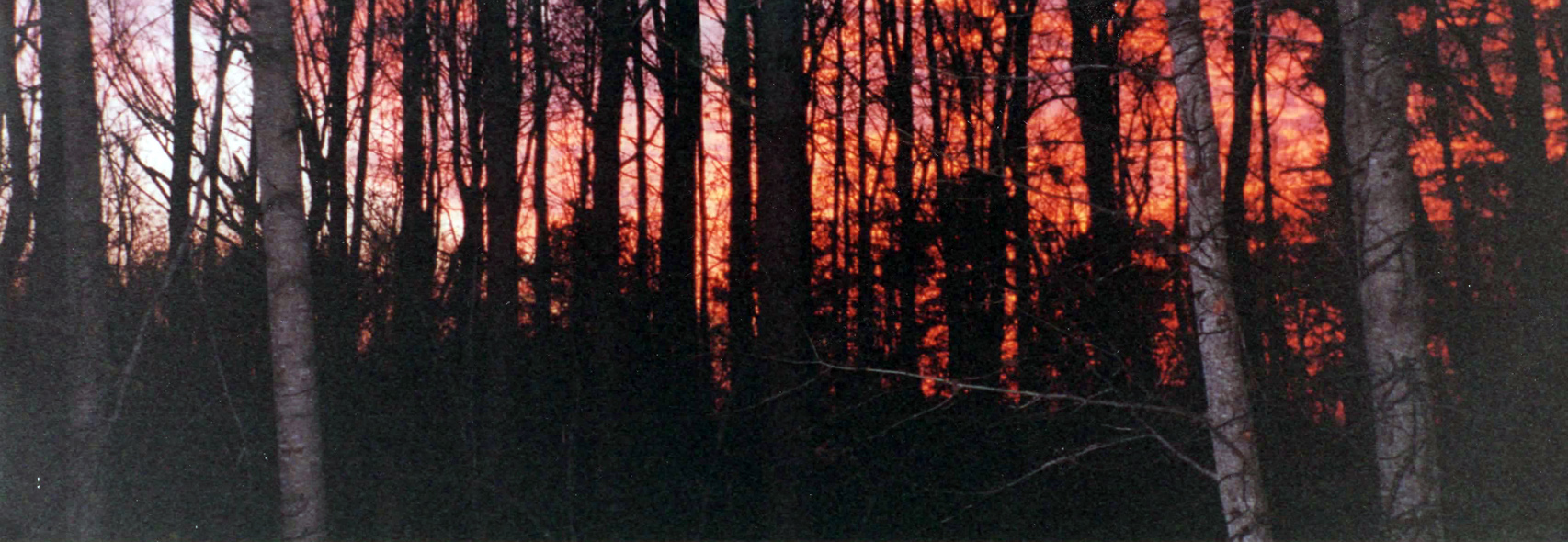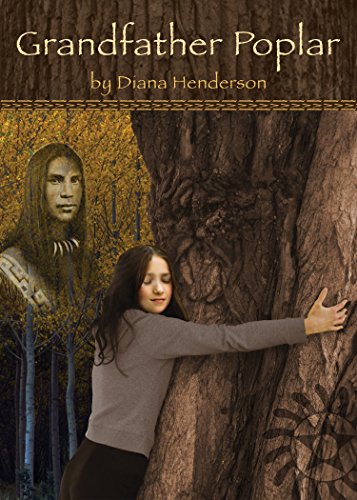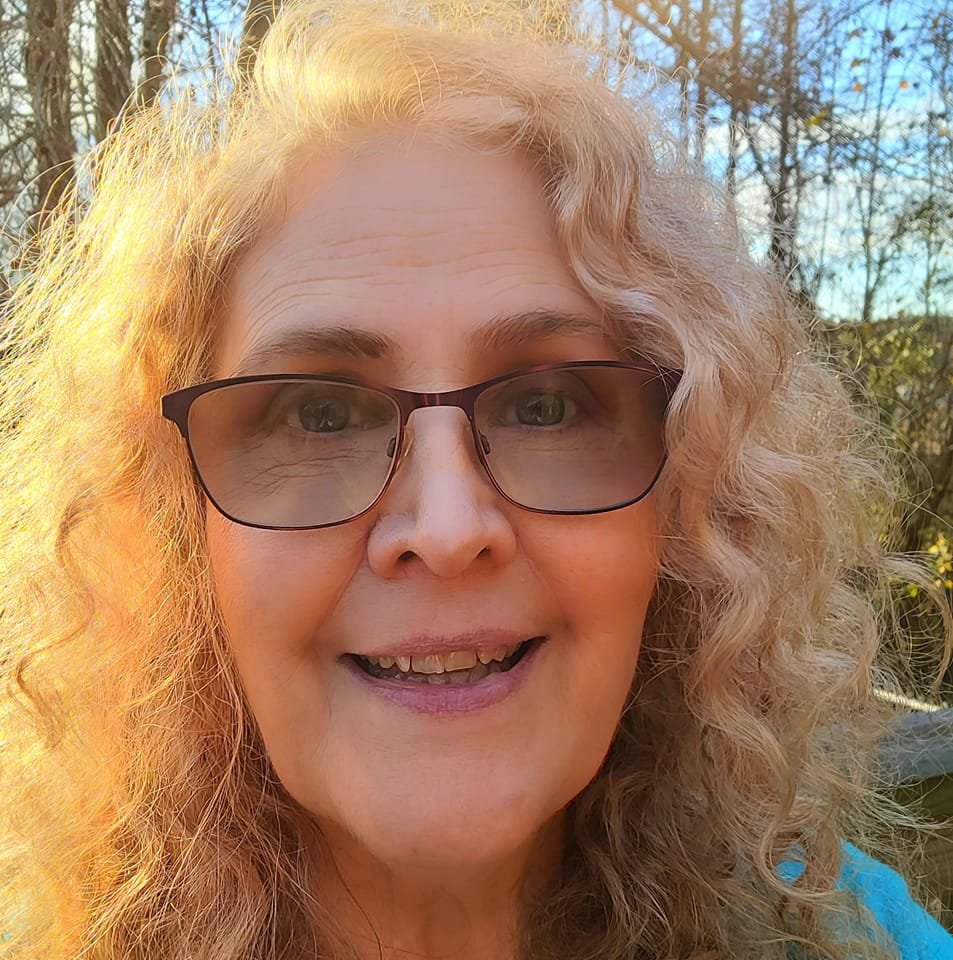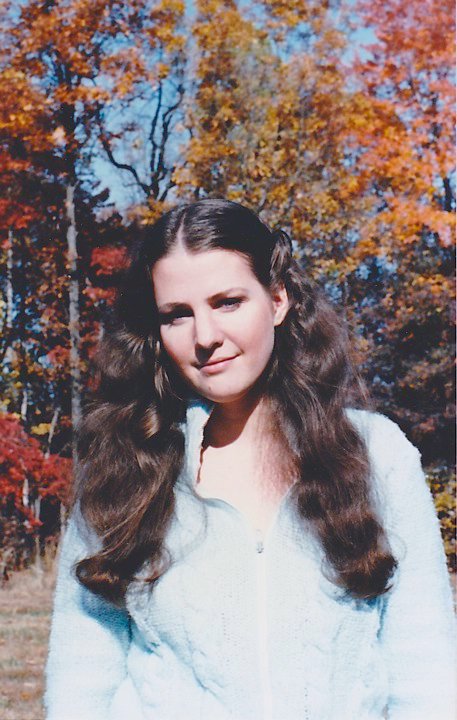Grandfather
Poplar
Melissa Kincaid has a secret that she shares with no
one—something that makes her different from everyone else in her
life. She communicates with trees and with one elder poplar
whom she calls Grandfather. The spirit of her ancestor, a
Cherokee medicine man, watches over her and takes her into
another realm in her dreams. A world exists beyond this
one, and she keeps this truth completely to herself—until the
day she meets Arthur, a Cherokee boy who has seen her in his own
dreams. Together they fight to save the forest that is home to
her dearest companions, the trees, and to her own heart.
Meet
the Characters
Grandfather
Poplar has a number of characters both among the humans
and the trees themselves. A few of these are described below.
Grandfather Poplar is one the elders among
the trees and the oldest of his kind for a far, far
distance. He has felt alone among a crowd of trees for more
than a century. This great yellow poplar has chosen to keep
mostly to himself for many decades. But in his old age he has
come to know and love a human child. Although he often pretends
to be a curmudgeon, he has given her his heart, and for the
last eight years he has shared his wit and wisdom with
Melissa, who stands as tall in spirit as Grandfather
Poplar himself.
At age 14, Melissa Kincaid has spent years hiding
her true self from the world. She feels too much and has
difficulty being around crowds of people because their pain
seems to become her own. Their sorrow or anger or fear sinks
into her body and her consciousness. She has learned
to erect walls around herself for the sake
of self-preservation.
Early in her life, she really didn’t understand that she was
different. Like most young children, she simply lived.
However, as she came to experience more of life,
Melissa realized that not everyone absorbs the
feelings of others. Not everyone goes on journeys to another
realm during sleep. Most of all, of every person she knows,
she alone—so far as she can discern—can communicate with
the trees. Her reality does not mesh with that of anyone else
she has ever met, so she keeps it secret for fear that others
will deem her insane. No one except her beloved trees, the
animals, and her spirit guide truly knows who
Melissa is. In the forest, she can be herself. She can live
the truth and let down her guard. She lives her life always
aware that she is different and alone except for the trees—until
the day she meets Arthur Fox—when at last a kinship with another
human awakens her to the knowing that her life will never
be the same.
Arthur Fox was born with many gifts. He’s more than a
little telepathic and can read people’s energy with great ease.
Thankfully, unlike Melissa, he has family who nurture those
innate abilities and value his capacity to see the unseen and
know what lies beyond the mask. Arthur’s grandmother on his
father’s side has been his teacher of all things related to
Cherokee wisdom and plant medicine since he was a small boy. He
reveres her above all members of his family and would spend all
of his time with her if he could. A devoted student of his
grandmother’s path, he still brings humor and lightheartedness,
which are his gifts as well, to his time with Grandmother Fox.
Arthur’s natural charm, attractive appearance and wisdom far
beyond his years would be a magnet for almost any teenage girl.
However, from the moment they meet, Arthur can see himself
with only one girl, Melissa. Arthur values loyalty, honesty, and
kindness among those with whom he shares his journey. Of course,
he also likes to be a joker when the opportunity for levity
presents itself.
Adahy, Melissa’s Cherokee ancestor, guides her from the
spirit world. He has walked beside her all her life. A medicine
man during his lifetime, he teaches Melissa both through spirit
journeys during her sleep and in waking hours, gently pointing
her toward her truest path and sharing wisdom whispered into her
heart and soul.
Behind the Book
“Wait until you are hungry to say something, until there is an
aching in you to speak.” —Natalie Goldberg, author

I love this quote. The truth is I was always hungry to say
something, but I needed more than that to actually complete my
first novel.
My husband Drew and I lived for over a decade with a wealth of
trees on the adjacent land behind our home. The crowns of
towering yellow poplars etched the sky, and standing with them,
sweetgum, blackgum, maple, hickory, and many more.
Our eyes and souls feasted on this rich landscape dotted in
spring with white and fuchsia blossoms from the dogwoods and
redbud trees. In summer the aroma of mimosa carried upon the
wind even though their graceful pale pink blooms opened
somewhere out of sight. These were the kindred who greeted me
each time I walked onto the deck to feed the countless song
birds and squirrels who lived among their branches or just to
drink in the beauty and breathe in the life offered so freely
by the trees.
How
I took it all for granted, choosing to believe that this vista,
these wondrous friends, would always be there, that the land
would never perk and thus never sell, and this paradise would
remain undisturbed except by the ravages of the elements and
time.
But
one clear, perfect September morning, everything changed. The
rabbits in their warren, the heavy thicket that had kept them
safe for so long, the birds, squirrels, and chipmunks fled the
sound of chainsaw and bulldozer as their homes were destroyed.
And the trees, those beloved trees. For two days I wept as I
watched them die despite my pleading with the foreman to save
some of them.
I
didn’t begrudge the people behind us the right to build their
home, but it took some doing to forgive the reckless removal of
over an acre of beautiful trees. I cried for the forest and all
its inhabitants, for the children who could have had adventures
as I did in my youth and for the beauty that was erased so
swiftly.
Once
years before I had asked those very trees to help me write this
book that I had started but, like so many similar efforts,
couldn’t seem to finish. This was not the motivation I had
sought, but it was what came. Their sacrifice fueled the hunger
to say something beyond anything I had ever felt.
For
three months from that day the story gestated, and then in just
over four months it was birthed in its first form on tentative
legs like a newborn foal. The trees and the animals had found
their voice in my heart and mind, and at last I felt so fierce a
hunger to speak that nothing—not even the inner critic—could
dissuade me. —Diana Henderson
|




